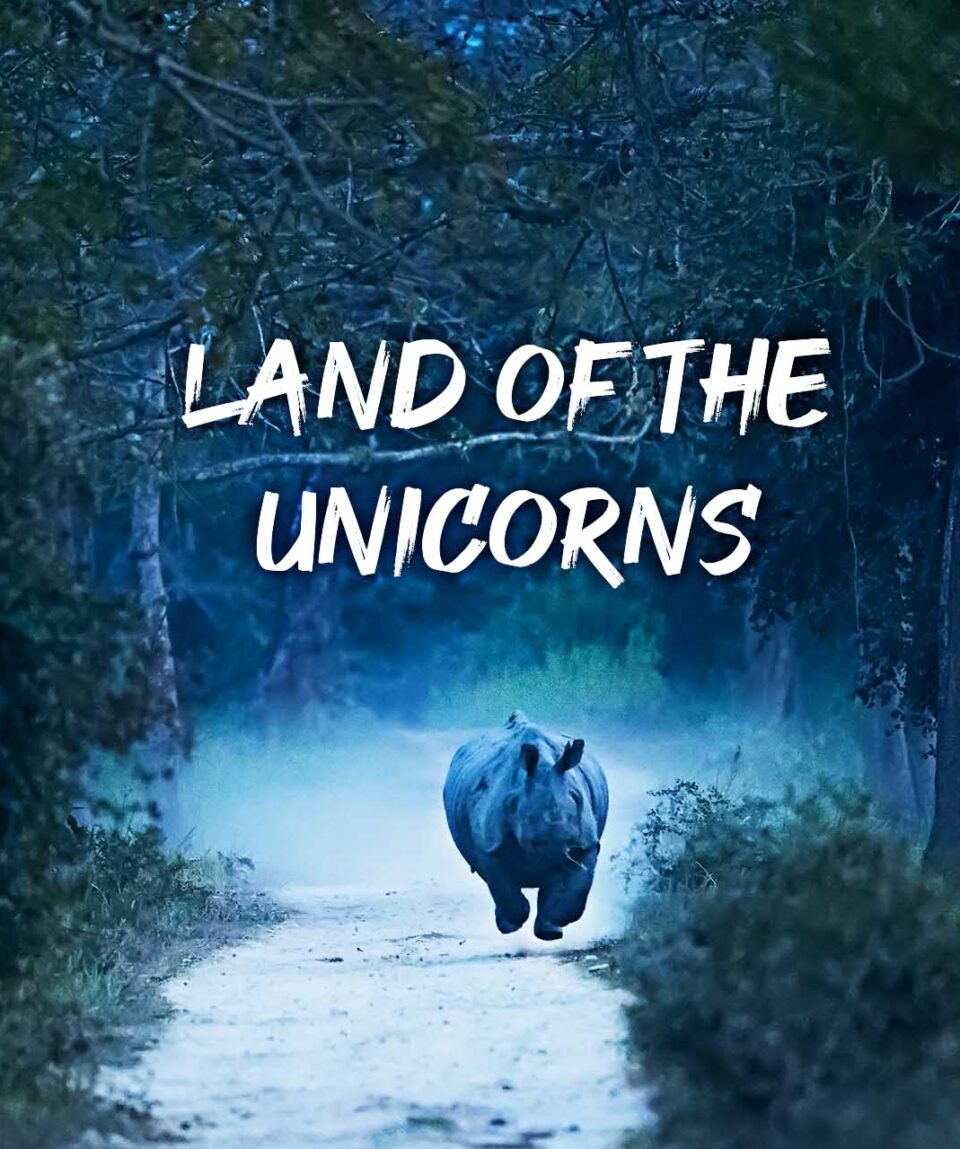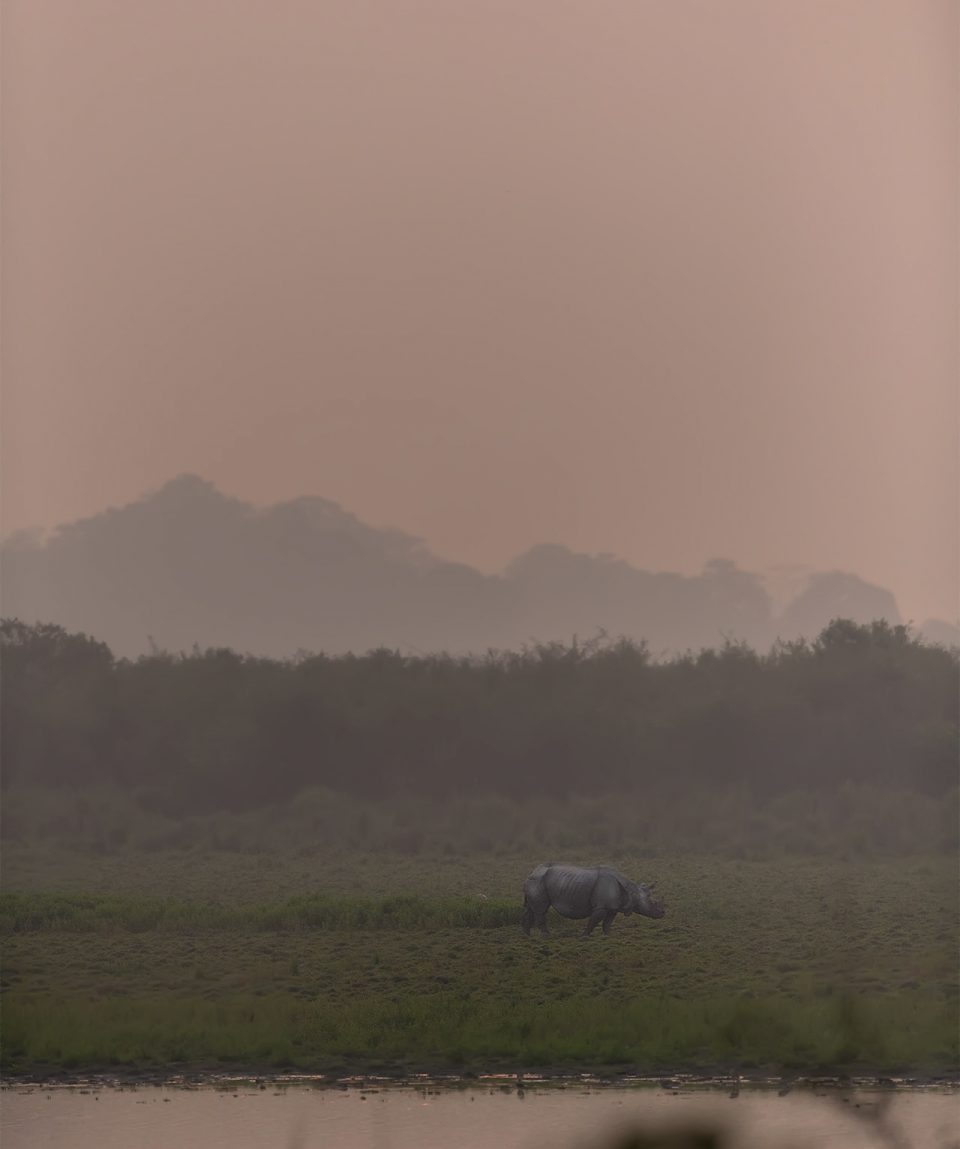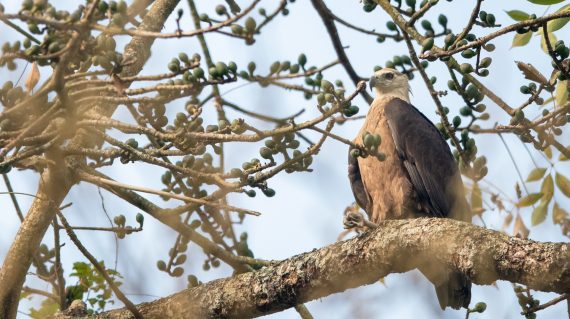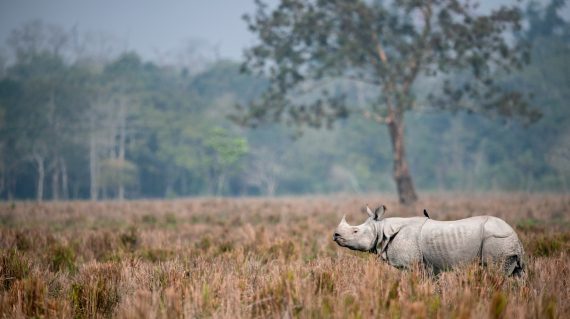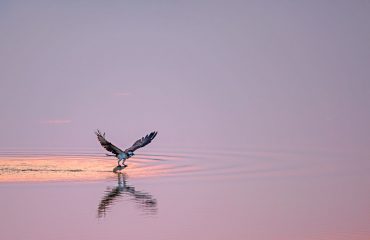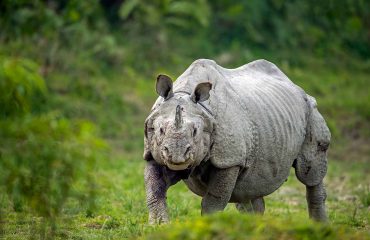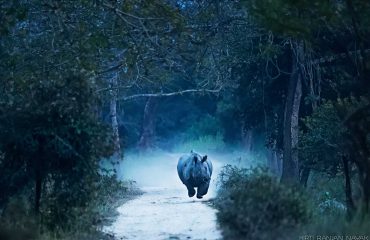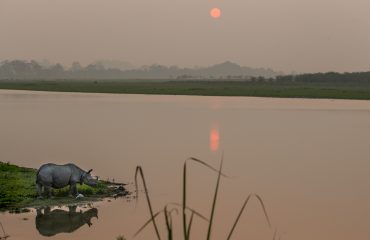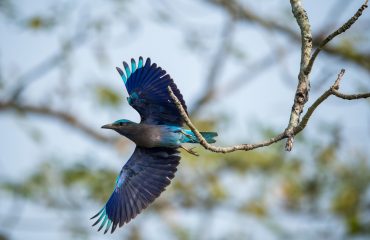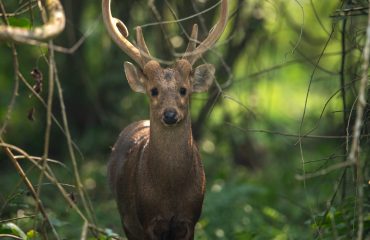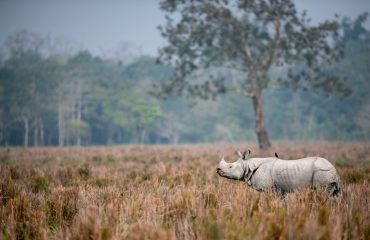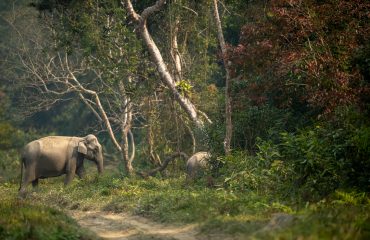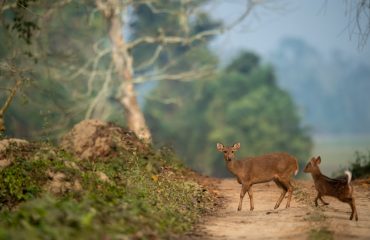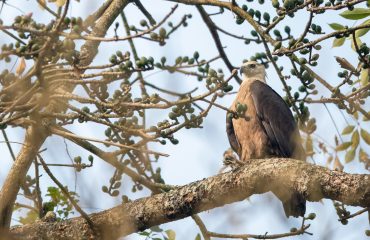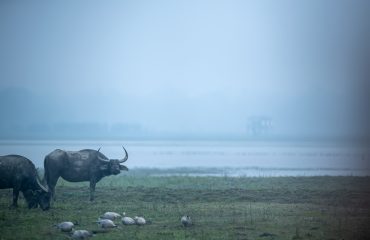
Kaziranga Rhino Trails
March 27th – March 31st, 2024
April 3rd – April 7th, 2024
Witness the majestic giants in the grasslands of Kaziranga.
Drive with us to Kaziranga Tiger Reserve in search of the mighty Bengal Tigers and one-horned Rhinos.
Dates: Batch 1: March 27 – March 31, 2024.
Batch 2: April 3 – April 7, 2024.
Location: Kaziranga National Park
- Reviews 0 Reviews0/5
- Vacation Style Holiday Type
- Jungle
- Tiger
- Wildlife
-
- Activity Level Leisurely
- Group Size Medium Group
Kaziranga Rhino Trails
March 27th – March 31st, 2024
April 3rd – April 7th, 2024.
In the heart of Assam’s Brahmaputra Valley floodplain, lies Kaziranga National park, an area of wet alluvial tall grassland, numerous broad shallow pools with patches of deciduous to semi-evergreen woodlands.
The national park is a UNESCO World Heritage Site and is inhabited by the world’s largest population of one-horned rhinoceroses, which was brought back from the brink of extinction at the turn of the 20th century. It was India’s biggest conservation success.
Kaziranga also has significant populations of other threatened species including tigers, elephants, wild water buffalo and bears as well as aquatic species including the Ganges River dolphin. It is an important area for migratory birds.
Tour Highlights:
- 3 nights and 4 days in Kaziranga from:
March 29th-April 1st, 2021
and April 1-4th, 2021 - All road transfers included in the Tour cost.
- Chances of picturesque images of the great one-horned rhinoceros in their habitat.
- Opportunities to encounter the elusive tigers of Kaziranga.
- Extensive photography guidance and on-field assistance.
- Twin-sharing accommodation in comfortable rooms unless single occupancy purchased at extra cost.
- All meals (breakfast, lunch and dinner) and hot beverages (coffee and tea)
- All entry fees, guide fees and safaris
- Transfers from Guwahati Airport and back.
- Any airfare
- Any kind of personal expenses or optional tours or extra meals ordered
- Insurance, laundry and phone calls
- Bottled water, soft drinks and alcoholic beverages
- Additional safaris into the park
- Medical Costs
- Tips and gratuities
- All applicable taxes
- Anything that is not included in the inclusions list
Our guests are drawn to the magic of nature, to the slow pace of life, closeness to the natural world and to the relief from the pressures of modern living. It is a completely a zen experience for our guests – right from the time of arrival till the final farewell to enjoy some luxury afforded by an exceptionally great location which is harmoniously blended with its natural environment. A warm & traditional guest welcome by the staff is just the beginning of a memorable vacation ahead.
The resort, set in the midst of a thick bamboo grove, together with a wide variety of medicinal plants and a plantation of betel nuts and fruit trees. Its architectural design is reminiscent of old Assamese houses which were in the past, set atop bamboo stilts. This exquisite Kaziranga resort is further enhanced by a beautiful lake next to it.
These luxurious 16 guest rooms create a fascinating Assamese ambiance with its high sloping roofs, traditional handmade walls, tall, flood proof stilts and bamboo furniture – all blending with the local architecture and totally in harmony with nature.
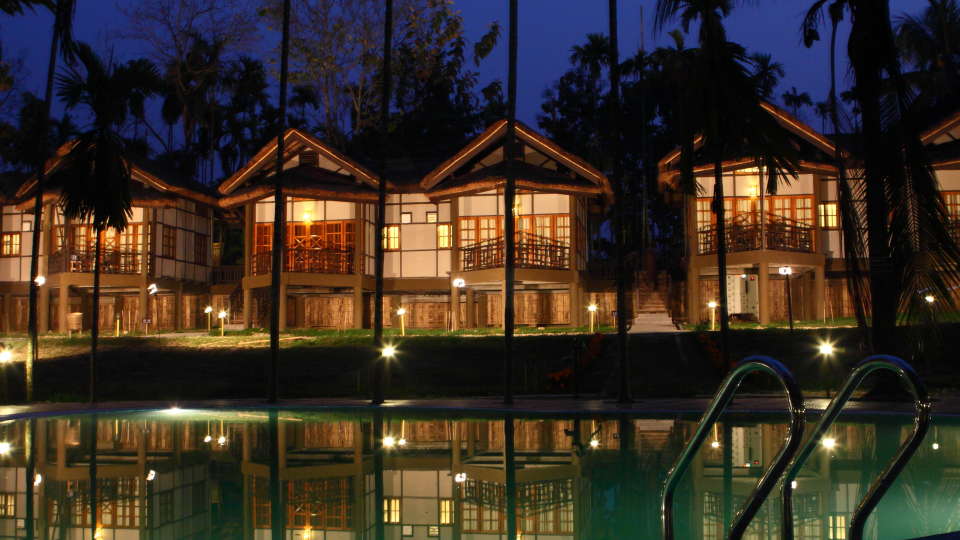
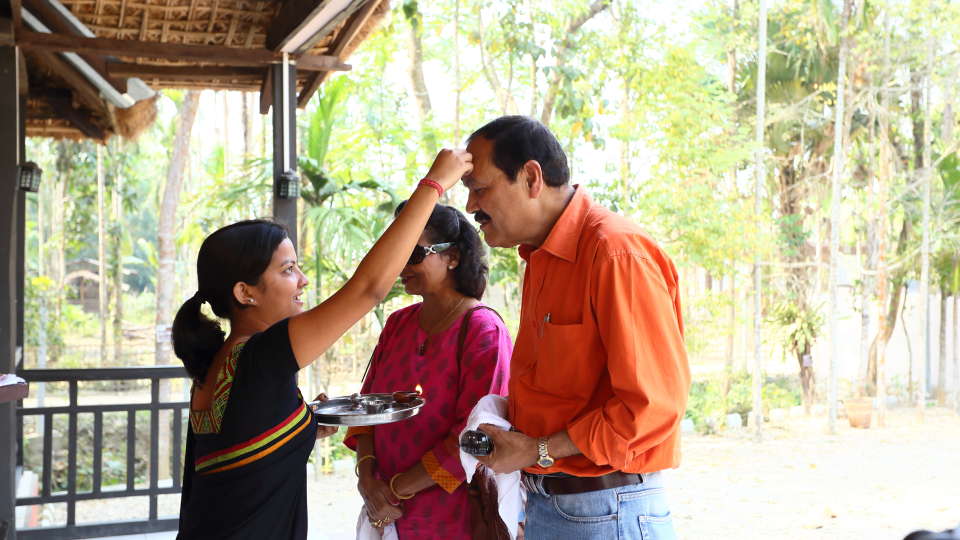
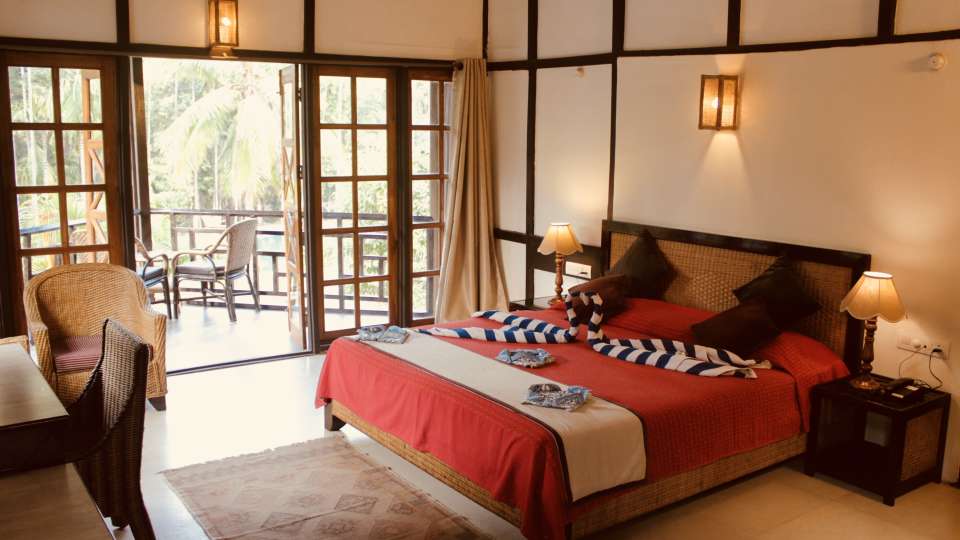
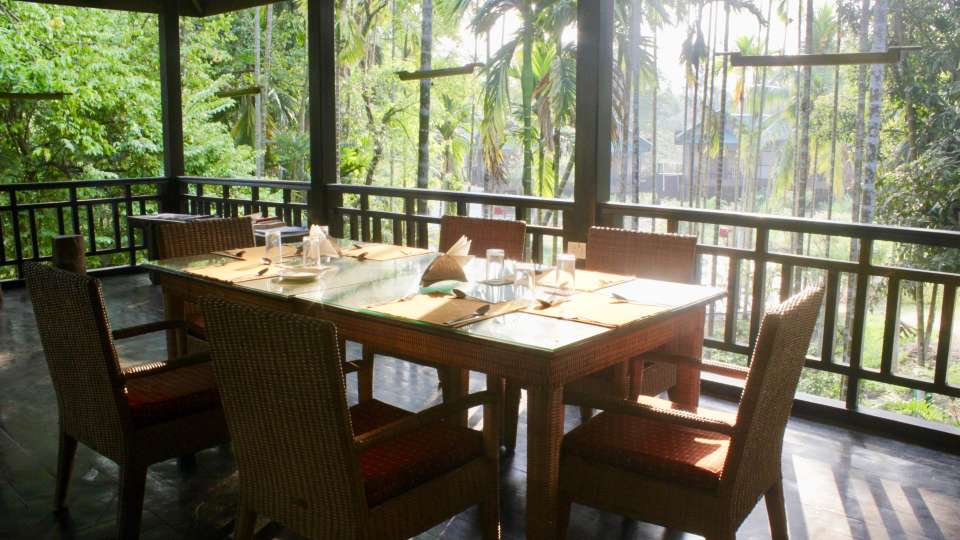
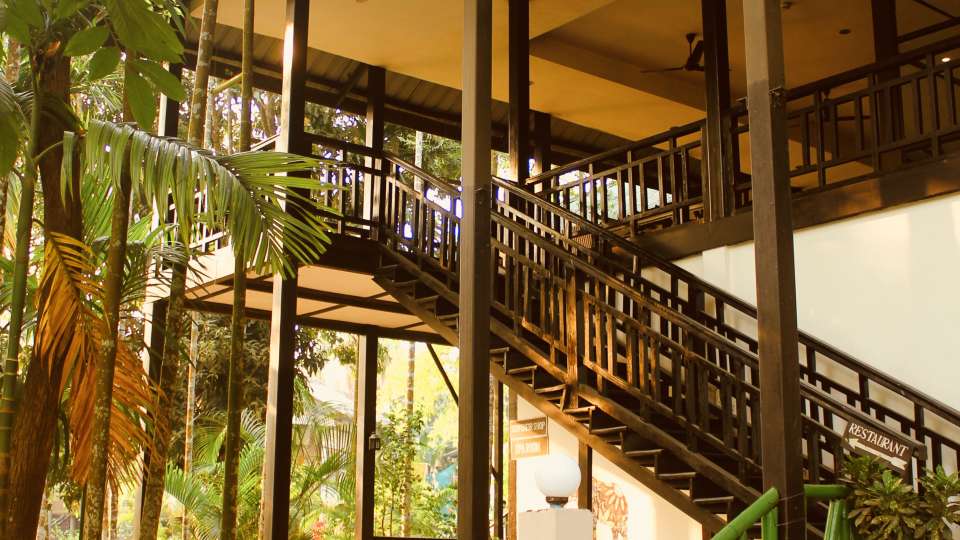


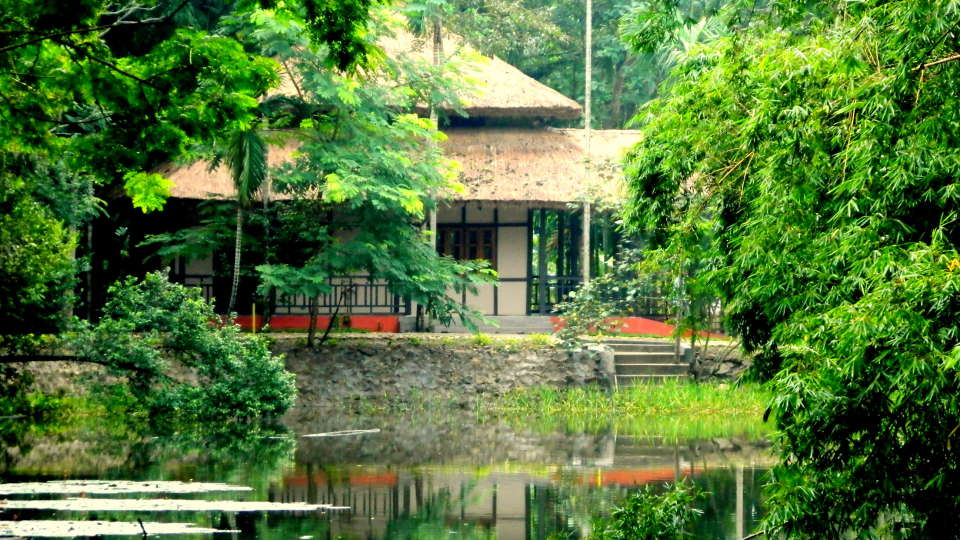
Anybody over the age of 18 (unless accompanied by an adult) and interested in nature and wildlife will enjoy this Tour thoroughly. There are no other eligibility criteria.
Our Photo Tours are designed to provide you sufficient space for comfortable photography, so you can expect a maximum of three other people (including the participants and the Skipper) apart from the driver and the mandatory forest department guide.
For tigers and other mammals, a telephoto zoom lens in the range of 70 to 200mm/300mm or 100 to 400mm works very well. If opting for a fixed (‘prime’) lens, the 300mm focal length on a cropped sensor body with a 1.4x extender (‘teleconverter’) is the best compromise, although lenses of longer focal length can be used to good effect as well, especially on ‘full-frame’ bodies. For birds, a lens with a focal length of at least 400mm is essential. A wide-angle or normal zoom to capture landscapes or creative perspectives of wildlife is recommended. And since the light conditions in Indian jungles can often be challenging, an image-stabilized lens and a camera body that performs well at high sensitivities are perfect.



